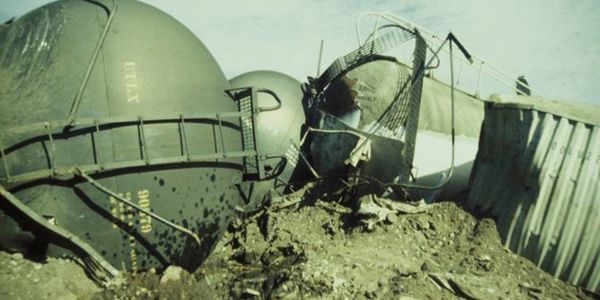On-Site Hazardous Materials Training Course Descriptions
Hazardous Materials Transportation Accidents©

Our Hazardous Materials Transportation Accidents training program concentrates on case studies of actual hazardous materials transportation accidents. In addition, the training will clarify the OSHA and EPA laws covering all emergency responders. Using slides and videos of actual emergencies, you will see and understand “real-world” problems encountered and solutions to actual major accident problems.
Gasoline Cargo Tank Truck Emergencies©

This hands-on practical exercise Gasoline Cargo Tank Truck Emergencies training program will prepare attendees to successfully handle accidents and emergencies involving gasoline tank trucks. Participants will understand the functioning of the valving and plumbing, how safety relief features work, why gasoline cargo tanks cannot be lifted while still loaded, the different methods of product transfer, the trucking company’s responsibilities, how to safely drill an aluminum tank truck, and considerations involved in bonding and grounding.
Hazmat & Safety at Clan Drug Labs©
A classroom-delivered training program that examines case studies and demonstrates paraphernalia and equipment seized from actual clan drug lab search warrant raids. The experienced instructor team has handled over four hundred clan drug lab in two states, and brings a unique fire and police department perspective. Hundreds of color slides clearly show exactly what you can expect at an illegal clan drug lab incident. Some of what you will learn at this seminar:
Chief Officer Hazardous Materials Workshop©
A classroom-delivered training program for departmental chief officers and/or senior executives that addresses assessing the scene, determining priorities, assigning roles and functions, and determining the department’s proper mission; capabilities and limitations of detection instruments, actual field performance of flammable and toxic clouds versus computer models; and the critical role of industry, the predominance of psychosomatic injuries, and weapons of mass destruction instruction. The legal liability considerations are extensively discussed and it answers the “why” of hazardous materials operations, and explains the underlying laws, nationally accepted standards of good practice, and operating principles.
Copyright © 2019 HUNTSVILLE TRAINING ASSOCIATES - All Rights Reserved.